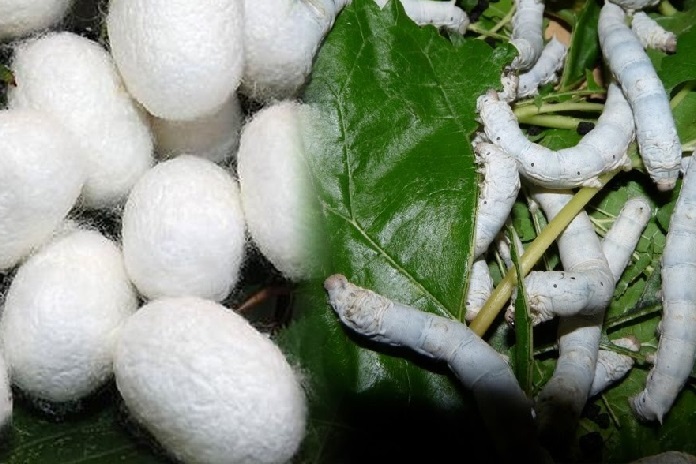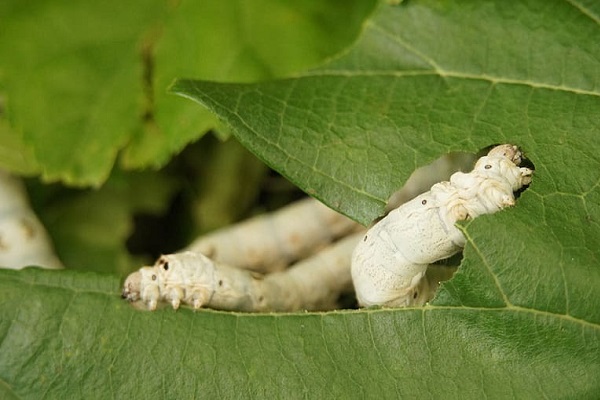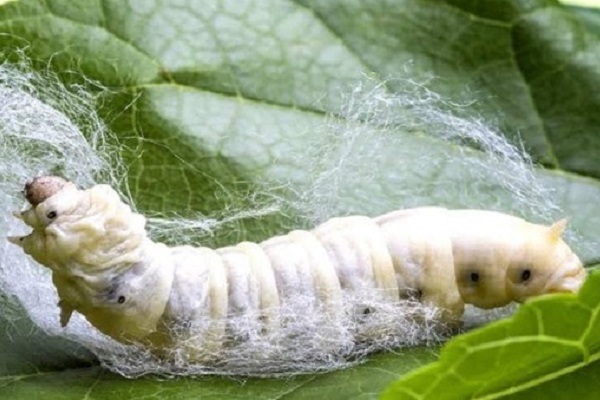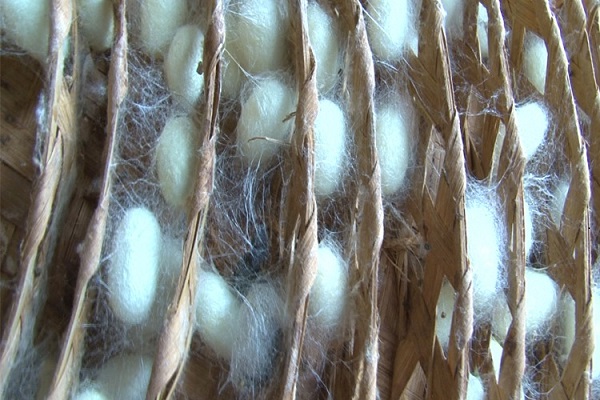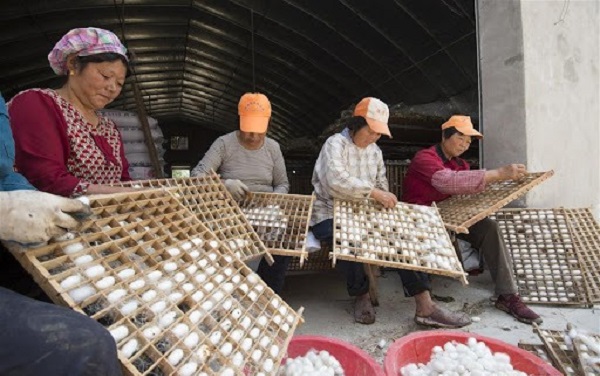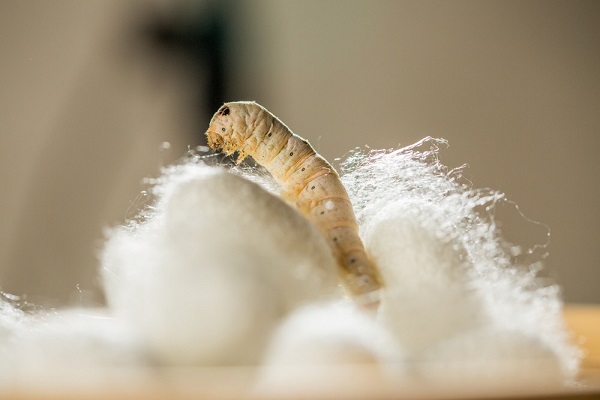As we know there is plenty of benefits of using mulberry silk. Mulberry silk is a luxurious fabric made from the cocoons of domesticated silkworms that feed exclusively on mulberry leaves. There are four types of silk found in the market Tussar Silk (Wild Silk), Eri Silk (Peace Silk), Muga Silk, and Mulberry Silk.
Mulberry silk is also considered the best type of silk known for its purity, fine weave and beautiful drape.
What is Mulberry Silk?- Mulberry Silk Benefits
Mulberry silk is a type of silk that is produced by silkworms whose scientific name is Bombyx mori that feed exclusively on the leaves of the mulberry tree also known as Morus spp. This type of silk is considered one of the finest and highest quality silk produced by silkworms which is also valued for its softness, lustre, and durability.
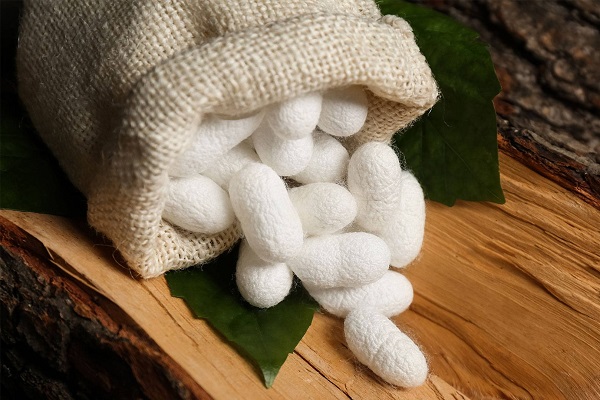
10 Fun facts about Mulberry Silk
Here are the 10 fascinating fun facts about mulberry silk,
- Origin: Mulberry silk is produced by the silkworm called Bombyx Mori which feeds exclusively on the leaves of the mulberry tree.
- History: It was produced for the first time in China back over 5000 years ago during the Neolithic period.
- Luxurious: As we all know it, silk is also known for its luxurious and smooth texture, it is highly prized in the textile industry for its softness and lustre.
- Protein Fiber: Mulberry silk has a natural protein fibre which is similar to human hair composed mainly of fibroin.
- Silkworm Rearing: During the process of producing mulberry silk you need to be very careful while rearing silkworms, where they feed mulberry leaves until they spin their cocoons.
- Harvesting: Similarly, you need to be very careful while harvesting cocoons, After the silkworms spin their cocoons. the cocoons need to be carefully harvested, they are usually used by boiling them to soften the sericin (silk protein) and then unwinding the silk filaments.
- Durability: It is a high choice for people because mulberry silk is surprisingly strong and durable.
- Hypoallergenic: Also, it is a great choice for the sensitive skin or allergies people, because mulberry silk is naturally hypoallergenic
- Thermoregulating Properties: Mulberry silk is highly loaded with Thermoregulating Properties which means it can keep up cool in the summer and warm in the winter.
- Many uses: Mulberry silk is produced in a wide range which also includes clothing, bedding, scarves, ties, and even medical sutures, because of its strength, durability and smoothness.
What is Mulberry Silk?
Mulberry silk is a type of silk that is produced by silkworms whose scientific name is Bombyx mori that feed exclusively on the leaves of the mulberry tree which is also known as Morus spp. This type of silk is considered one of the finest and highest quality silk produced by silkworms which is also valued for its softness, lustre, and durability.
What are the types of Silk?
However, there are four types of silk found in the market, some types of famous silk are Tussar Silk (Wild Silk), Eri Silk (Peace Silk), Muga Silk, and Mulberry Silk.
Is Mulberry silk eco-friendly?
Yes, Mulberry silk is produced and is environmentally friendly, especially if sustainable farming practices are employed. Also, Mulberry silk is biodegradable which makes it a more eco-friendly choice compared to synthetic fabrics.
Is mulberry silk good for sensitive skin?
Yes, Mulberry silk is naturally hypoallergenic and gentle on the skin, which makes it an excellent choice for individuals with sensitive skin or allergies.
Can Mulberry silk be used for various purposes besides clothing?
Yes, Mulberry silk is used in a wide range of products, which includes bedding, scarves, ties, and even medical sutures, due to its strength, smoothness and durability.
Is Mulberry silk sustainable?
Yes, Mulberry silk is sustainable when produced using ethical and environmentally friendly practices. Additionally, Mulberry trees are perennial plants that require minimal water.
Also, read more about, Which is better for sleeping.: Soft vs Firm Pillow
